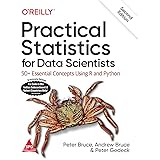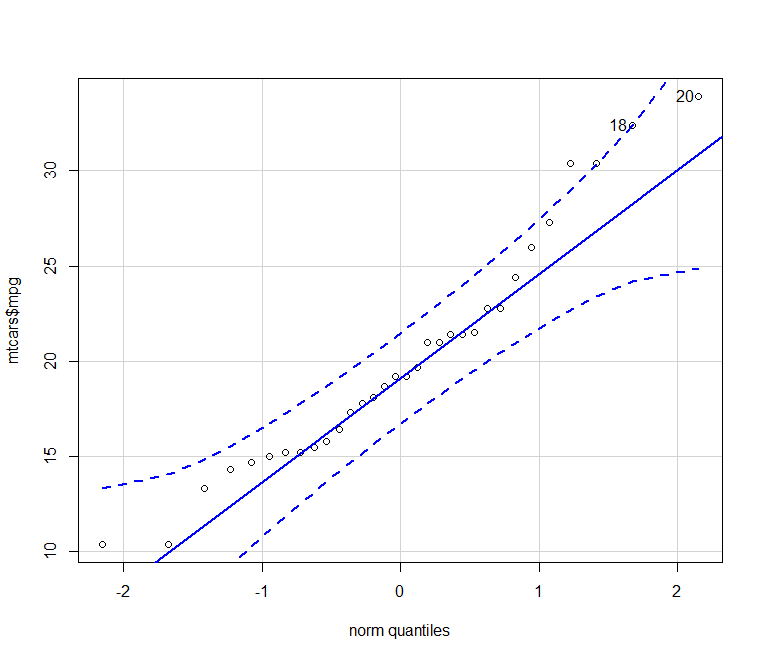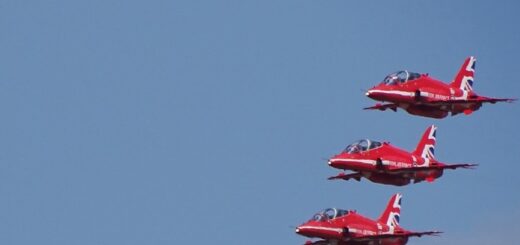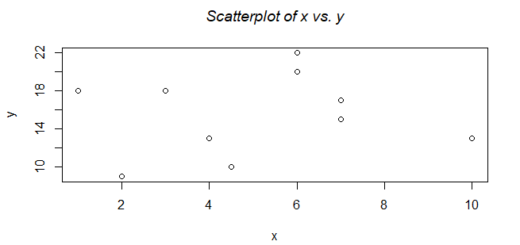DBScan Clustering in R
DBScan Clustering in R, an unsupervised learning non-linear technique, is based on density-based clustering of applications with noise.
Density reachability and density connectedness are concepts that are used. The information is divided into clusters, or groups, based on shared traits, but the exact number of these groupings does not have to be predetermined.
The greatest collection of points with dense connections is called a cluster. It finds, in noisy spatial databases, groups of arbitrary shapes.
How to Perform Data Cleaning in R » finnstats
DBScan Clustering in R
Dependence on the dimensionality’s distance curve is greater in DBScan clustering. The following is the algorithm:
- Select a point p at random.
- Considering the Maximum Radius of the Neighborhood (EPS) and the Minimum Number of Points within the EPS Neighborhood (Min Pts), retrieve all the density accessible points from p.
- P is a core point if there are more points in the neighborhood than Min Pts.
- There is a cluster created for p core points. Proceed to the next point and label point p as noise or an outlier if it is not a core point.
- Once every point has been processed, carry on with the procedure.
The clustering of DBScan is not affected by order.
The Collection
The Iris dataset is a multivariate dataset that was first presented by British statistician and biologist Ronald Fisher in his 1936 publication The use of multiple measures in taxonomic problems.
It consists of 50 samples from each of the three species of iris (Iris setosa, Iris virginica, and Iris versicolor).
Fisher created a linear discriminant model to separate the species from one another based on the combination of four variables that were measured from each sample: the length and width of the petals and sepals.
# Loading datadata(iris)# Structurestr(iris)
# Installing Packages
#install.packages("fpc")
# Loading package
library(fpc)
# Remove label form dataset
iris_1 <- iris[-5]
# Fitting DBScan clustering Model
# to training dataset
set.seed(220) # Setting seed
Dbscan_cl <- dbscan(iris_1, eps = 0.45, MinPts = 5)
Dbscan_cl
# Checking cluster
Dbscan_cl$cluster
# Table
table(Dbscan_cl$cluster, iris$Species)
# Plotting Cluster
plot(Dbscan_cl, iris_1, main = "DBScan")
plot(Dbscan_cl, iris_1, main = "Petal Width vs Sepal Length") 
How to perform TBATS Model in R » Data Science Tutorials
Therefore, in addition to creating odd forms, the DBScan clustering technique can also be used to locate a cluster of non-linear shapes in the industry.






